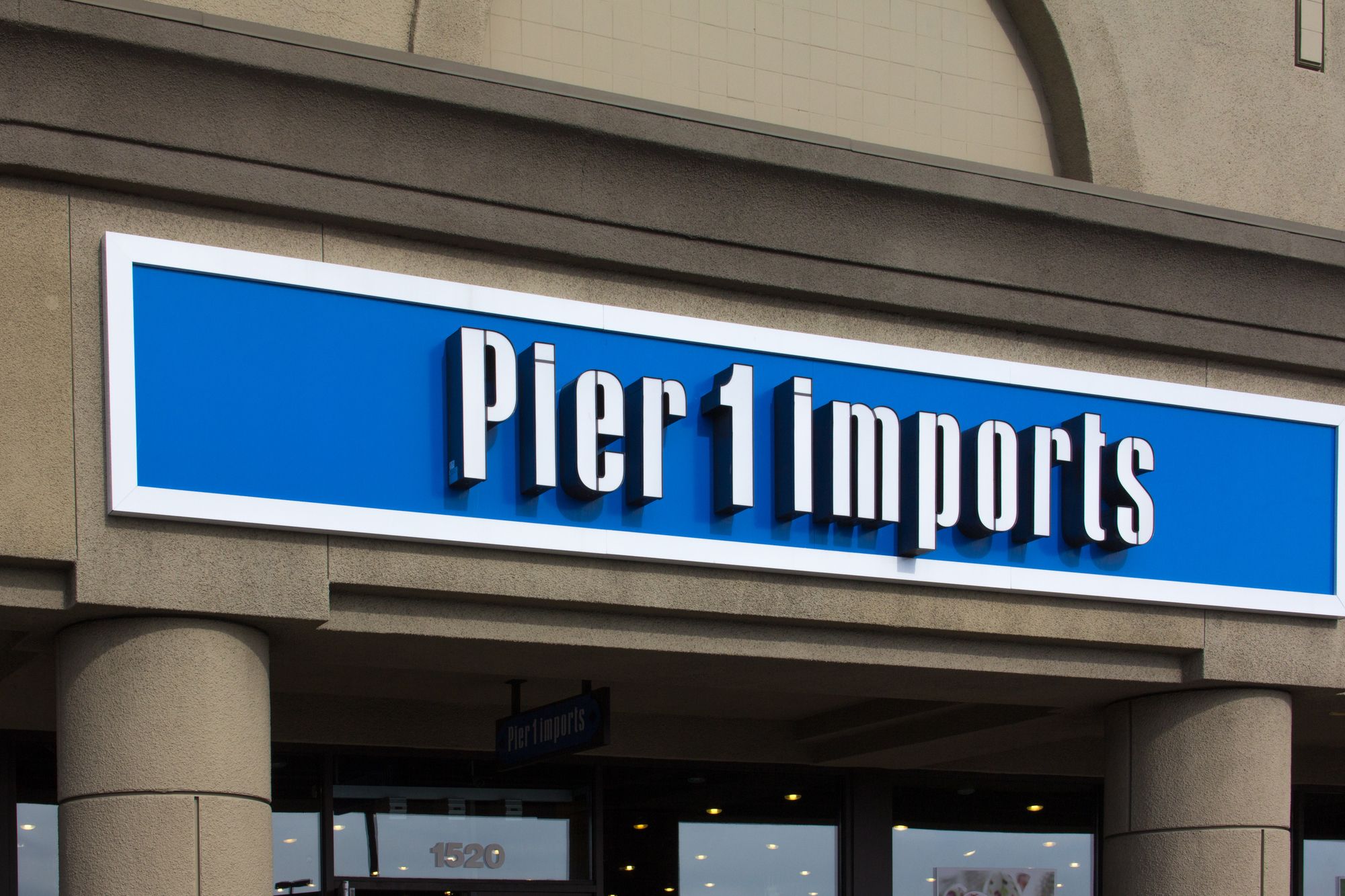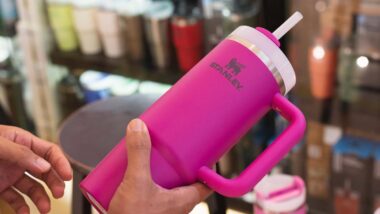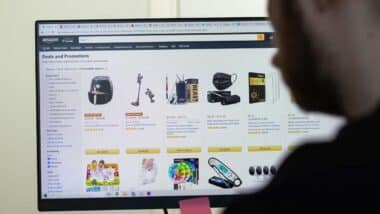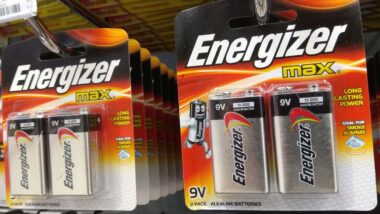Top Class Actions’s website and social media posts use affiliate links. If you make a purchase using such links, we may receive a commission, but it will not result in any additional charges to you. Please review our Affiliate Link Disclosure for more information.

Plaintiff Lucia Marett says that by failing to implement its website with certain features that enhance accessibility for visually impaired users, defendant Pier 1 Imports Inc. deprives those individuals of equal access to goods and services.
She argues the website violates New York State civil rights laws and the federal Americans with Disabilities Act.
Marett is legally blind. She can use a computer, but only with the assistance of screen-reading software. This kind of software can, for example, read out loud the text on the page or the alt-text embedded in images that describes the image.
New York-based Pier 1 Imports is a retailer of home furnishings. The company makes sales through more than 1,000 retail store locations and through its website, Pier1.com.
According to this Pier 1 Imports class action lawsuit, there are an abundance of readily available website design features that can make a site accessible to persons who are visually impaired. Web development guidelines such as those published by the Web Accessibility Initiative have been available for years, the plaintiff says.
Website features that can significantly enhance accessibility include the use of accessible drop-down menus, alt-text that describes the contents of images, and headings that allow blind individuals to navigate the site.
Pier1.com lacks these basic accessibility features, Marett claims. She says the site lacks prompting information that would allow visually impaired persons to find and fill out forms.
The site also requires the use of a mouse to complete a transaction – a requirement Marett claims runs counter to accessibility standards that say a user should have full access to the website using only the keyboard.
Pier1.com doesn’t just offer a channel for retail sales, Marett says. It’s also a source of information about the company, including locations of retail stores, corporate contact information, and job opportunities. Website accessibility problems prevent visually impaired consumers from getting to this information, Marett claims.
Marett says she has made numerous attempts to purchase items using the Pier1.com website, most recently in January 2017. She says she was unable to add the items she wanted to buy to her online shopping cart due to the website’s lack of accessibility.
Marett proposes to represent a Class of plaintiffs that would include all legally blind individuals in the U.S. who, during the relevant limitations period, attempted to use the Pier1.com website but were denied access to goods and services offered in Pier 1 Imports retail stores.
She seeks a court injunction that would require Pier 1 Imports to modify its website to bring it into full compliance with the ADA and New York disability law. She also seeks an award of damages, fines, reasonable attorneys’ fees, and costs of litigation.
Marett is represented by C.K. Lee and Anne Seelig of Lee Litigation Group PLLC.
The Pier 1 Imports Website Accessibility Class Action Lawsuit is Lucia Marett v. Pier 1 Imports Inc., Case No. 1:17-cv-00833, in the U.S. District Court for the Southern District of New York.
ATTORNEY ADVERTISING
Top Class Actions is a Proud Member of the American Bar Association
LEGAL INFORMATION IS NOT LEGAL ADVICE
Top Class Actions Legal Statement
©2008 – 2024 Top Class Actions® LLC
Various Trademarks held by their respective owners
This website is not intended for viewing or usage by European Union citizens.















One thought on Pier 1 Imports Class Action Says Website Fails ADA Accessibility Standards
Retail, banking, and even food service is increasingly moving online. Technology use is increasingly widespread by everyone, but it’s been a phenomenal tool in increasing independence for individuals with disabilities. Our baby boomers are encountering disabilities that they may not have experienced in earlier years. The need for website accessibility is simply going to become more evident, whether through litigation or market demand.
Websites are no longer part of another world just because they’re digital and not physical. Access ramps, aisle widths, Braille signage and more support equal access at brick and mortar locations; online accessibility best practices (some mentioned in the article) provide analogous experience for websites, electronic documents, and more. Savvy business owners and web developers and designers have an opportunity (and increasing obligation) to support equal access online. With that comes greater customer service for everyone, with benefits for both customers and businesses.